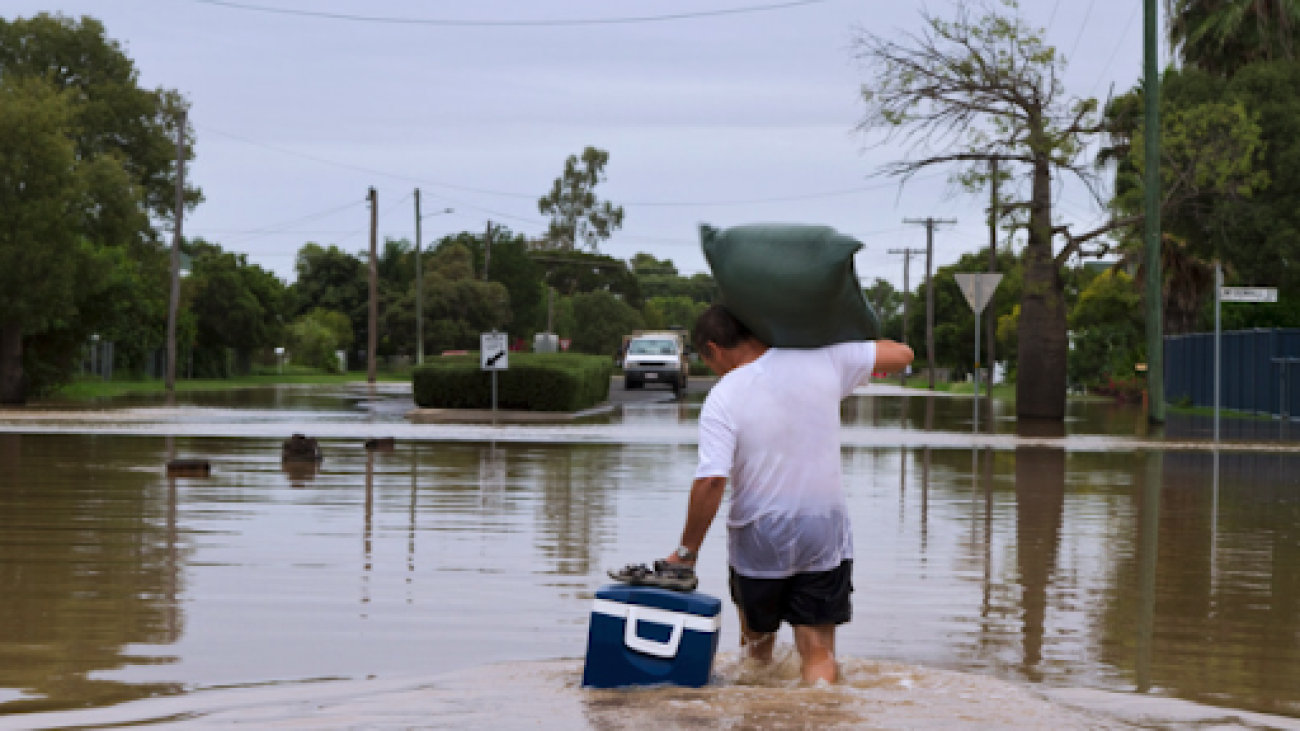The Bureau of Meteorology warns that above-average rainfall and flash flooding could occur in Australia this spring and summer.
Atmospheric and oceanic observations have yet to consistently reach La Nina levels, but there’s still a 70% chance of a La Nina system developing.
“Regardless of whether La Nina thresholds are met, a La Nina-like pattern in the Pacific may still increase the chances of above-average rainfall for northern and eastern Australia at times during spring and summer,” the bureau said in its latest update.
Various other weather systems are combining to point to wetter than average conditions across much of Australia.
The negative Indian Ocean Dipole (IOD) has weakened, but cloud patterns in the eastern Indian Ocean suggest the atmosphere is still responding to warmer than average sea surface temperatures in the region.
A negative IOD increases the chances of above-average spring rainfall for much of southern and eastern Australia.
Meanwhile, a Madden–Julian Oscillation (MJO) is forecast by some climate models to strengthen and move eastwards into the western Pacific over the coming fortnight. If the MJO strengthens this would increase the chances of heavy rain across northeast Australia, the bureau says.
The Southern Annular Mode (SAM) has been positive for the past three weeks and is forecast to remain at positive levels to the end of the year.
A positive SAM during summer typically brings wetter weather to eastern parts of Australia, but drier than average conditions for western Tasmania.
It’s more important than ever for Australians to prepare for the oncoming storm season.
The QLD Get Ready campaign, supported by Suncorp and featuring representatives from Queensland Fire and Emergency Services and Lifeline urges Queenslanders to prepare for the risk of flooding, torrential rain and other severe weather events.
Get Ready recommends three steps: prepare an emergency plan, pack an emergency kit and make sure insurance is up to date.
Suncorp CEO Steve Johnston says the insurer is committed to helping encourage Queensland households and businesses to be weather-ready as “waiting until a storm is bearing down is just too late”.
“Each summer, we see homes and communities destroyed by natural disasters, with much of this damage avoidable,” he said. “Even small-scale events can have a big impact, financially, emotionally and even physically, so it is critical Queenslanders undertake home preparation and maintenance now.”
Queensland has been hit by almost 90 significant natural disasters and weather events in the past decade, leaving a recovery and reconstruction bill of more than $16.8 billion. Last season, it was hit by 11 natural disaster events across 50 local government areas including hailstorms, bushfires, floods and cyclones.
Credit:


